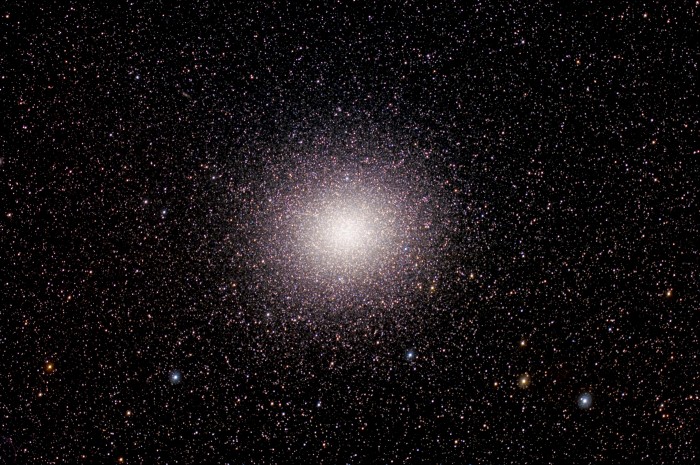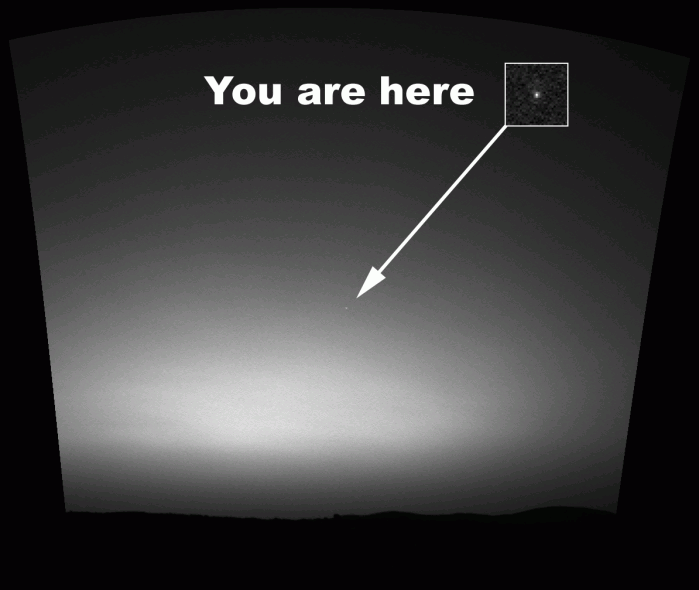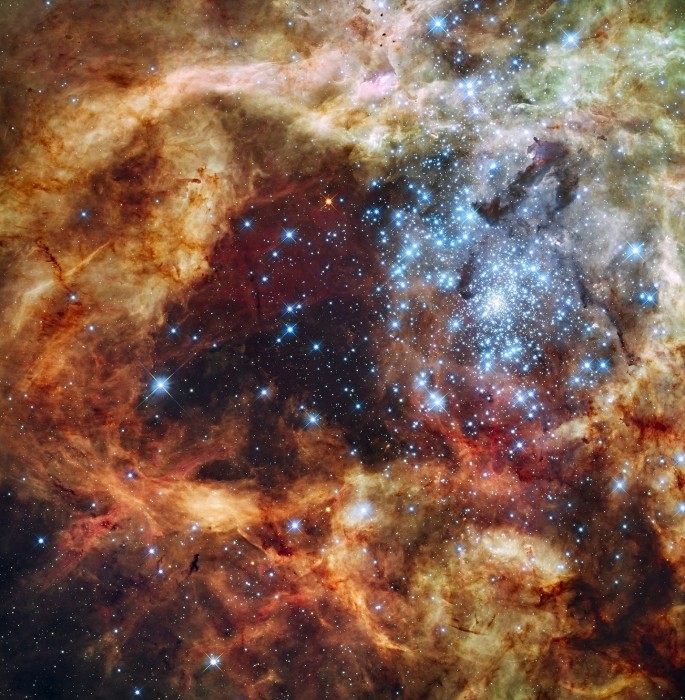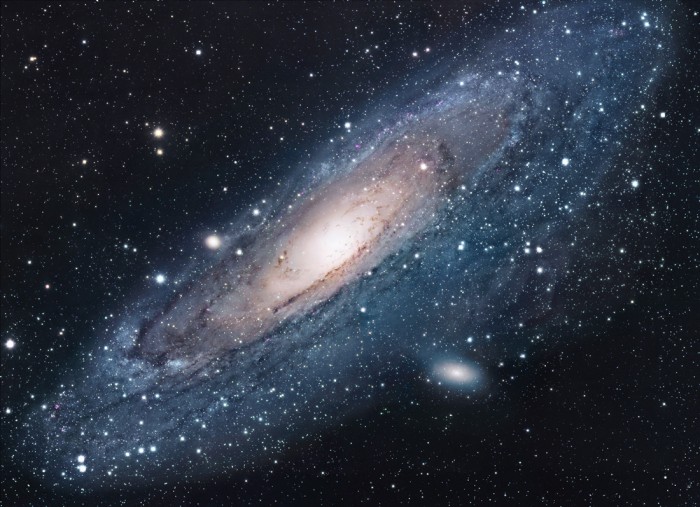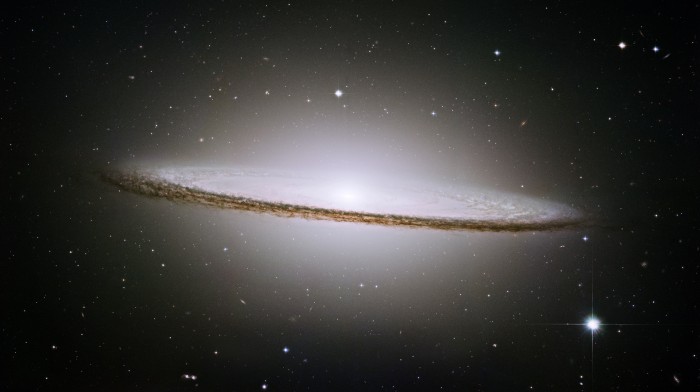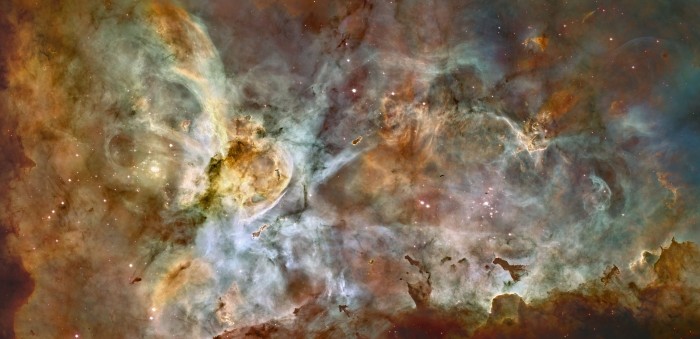Millions of Stars in Omega Centauri
Featured in the sharp telescopic image, globular star cluster Omega Centauri (NGC 5139) is some 15,000 light-years away and 150 light-years in diameter. Packed with about 10 million stars much older than the Sun, Omega Cen is the largest of 200 or so known globular clusters that roam the halo of our Milky Way galaxy. Though most star clusters consist of stars with the same age and composition, the enigmatic Omega Cen exhibits the presence of different stellar populations with a spread of ages and chemical abundances. In fact, Omega Cen may be the remnant core of a small galaxy merging with the Milky Way.
Image Credit & Copyright: Fred Lehman (South Florida Dark Sky Observers)
Oh Look, 900% More Universe

Astronomers frequently use the strong, characteristic “fingerprint” of light emitted by hydrogen known as the Lyman-alpha line to probe the amount of stars formed in the very distant universe, yet there have long been suspicions that many distant galaxies go unnoticed in these surveys. A new VLT survey demonstrates for the first time that this is exactly what is happening. Most of the Lyman-alpha light is trapped within the galaxy that emits it, and 90% of galaxies do not show up in Lyman-alpha surveys.
Read the Universe Today article for more.
Just a Reminder
An image of Earth as seen from Mars, taken by NASA’s Spirit Rover. Found via reddit.
The Blue Marble
NASA has captured the most detailed images of Earth to date. They’re beautiful:
This spectacular “blue marble” image is the most detailed true-color image of the entire Earth to date. Using a collection of satellite-based observations, scientists and visualizers stitched together months of observations of the land surface, oceans, sea ice, and clouds into a seamless, true-color mosaic of every square kilometer (.386 square mile) of our planet. These images are freely available to educators, scientists, museums, and the public. This record includes preview images and links to full resolution versions up to 21,600 pixels across.
Much of the information contained in this image came from a single remote-sensing device-NASA’s Moderate Resolution Imaging Spectroradiometer, or MODIS.
Source and higher quality images available at NASA.gov: Visible Earth: The Blue Marble
